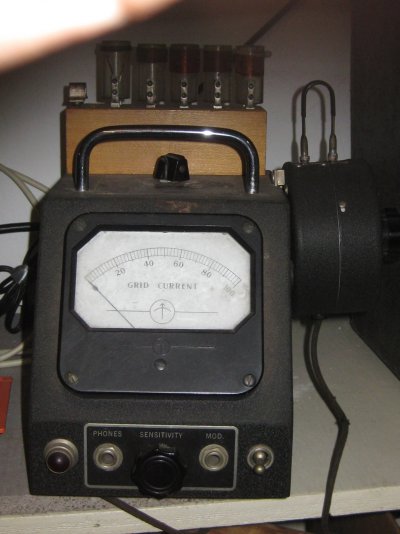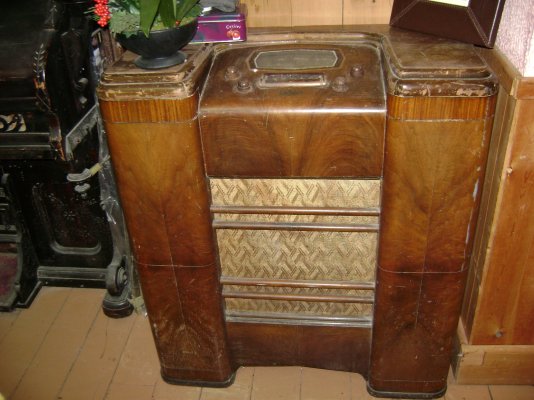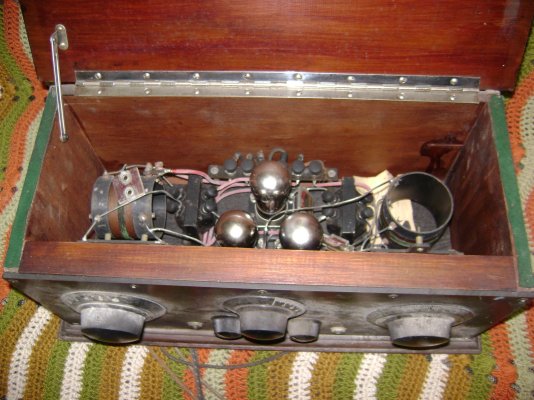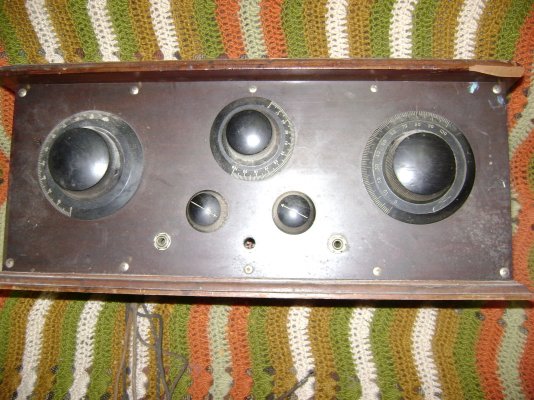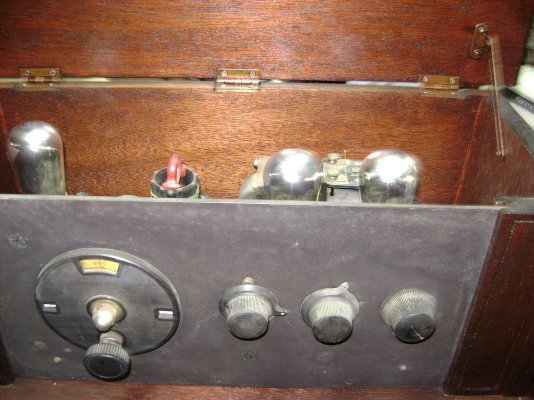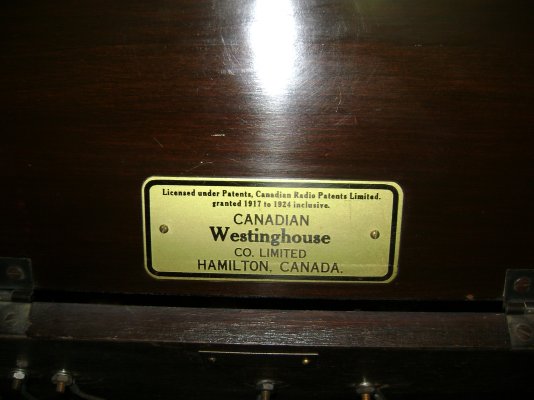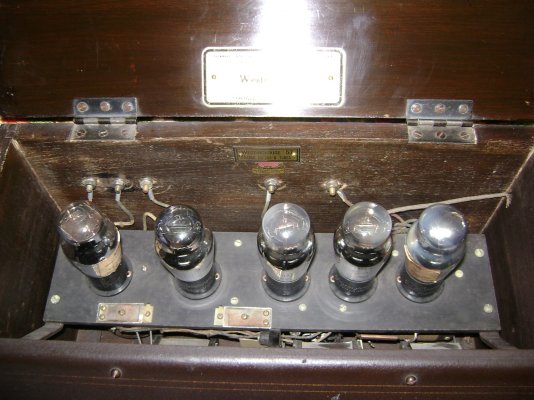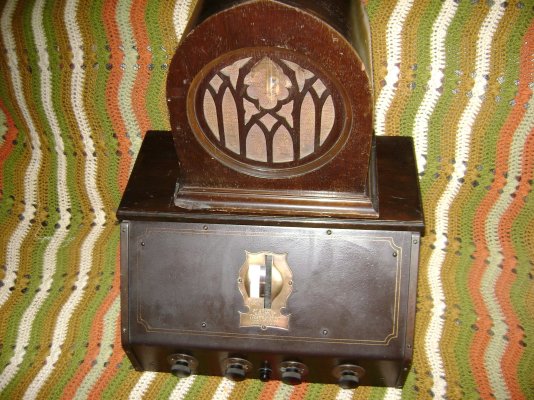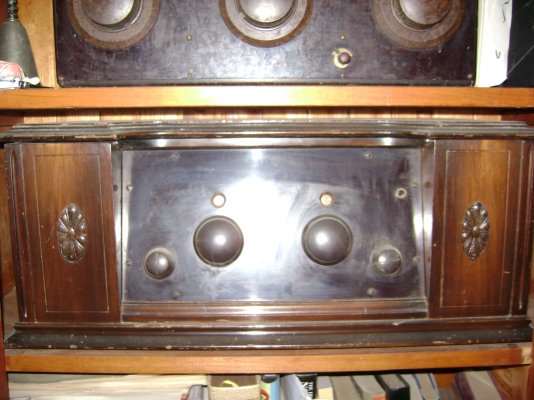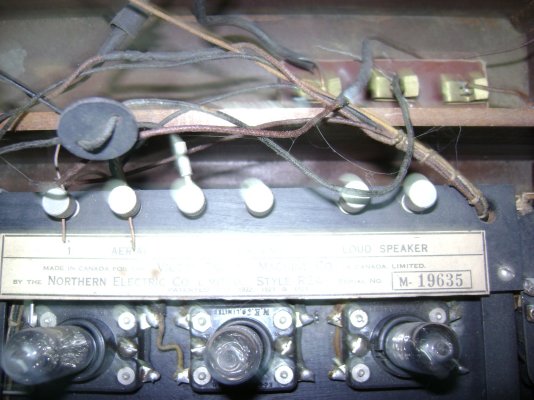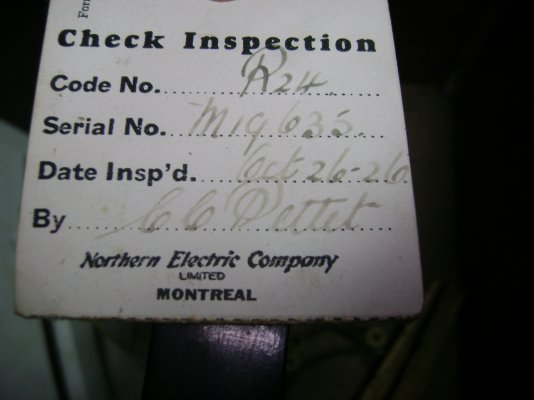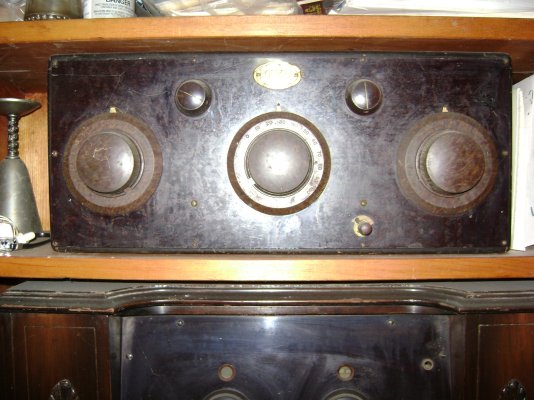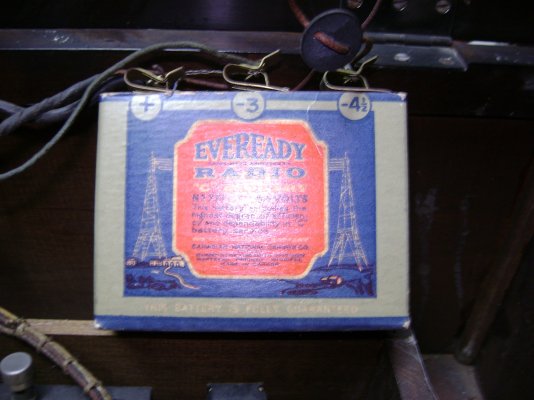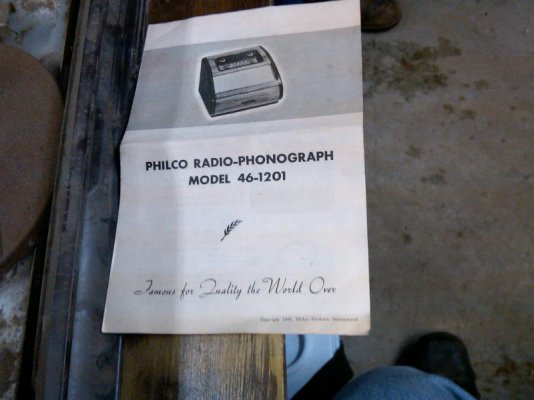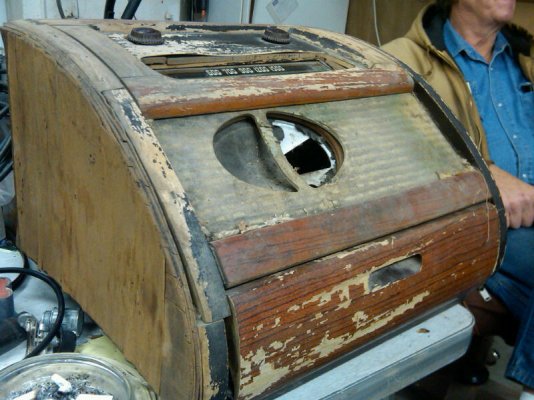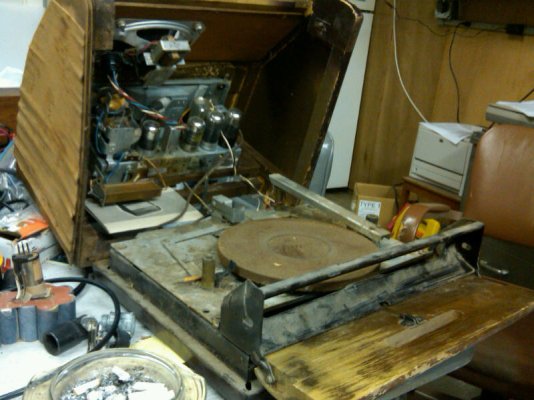ERD50
Give me a museum and I'll fill it. (Picasso) Give me a forum ...
Well, most class A guitar amps are AB, but with only one power tube, it would be class A, no? I studied the implications some years ago, and have since forgotten, but have some old lab books and schematics for if/when I actually decide to do this...
Is the Vox AC-30 really class A?
Well, the line blurs as you go from Class-B to Class-AB with higher and higher bias currents. Looking at that article, and another I found, it seems like some consider that if you bias it heavy enough the push-pull pair are operating together as Class A.
That's not the defintition I'm familiar with from school (long time ago and I may have forgotten or fallen asleep), or from the Hi-Fi world. I recall Class-A as being a device (or parallel devices) biased right in the middle and it would swing from + to - rails. It always used the same amount of average power supply current regardless of the amount of signal fed into it. IOW, if an 'ideal' Class A amp was biased at 1A, and it could swing to zero and up to 2A, it would draw 1A idle and over one cycle of input it would also draw an average of 1A (average 0A and 2A).
A Class AB would draw its bias current at idle, and then it would draw more when a signal is applied. The blurry line is when you bias it all the way up to 1A as in our class A. I think distortion products would still be slightly different (not better/worse - the ear determines that), as the conduction shifts from one device to another, versus being on a continuos slope of a single device. I don't know which sounds better for guitar, but those sites should give about as many opinions on that as asking what SWR is best would here.
Bottom line, it would be cool to build your own, regardless what form it was in. Or multiple and compare. Once you retire, you're gonna need something to keep you busy
edit/add: I have not worked with tubes much, but I think some of those power tubes are two devices in one glass envelope. So 'one tube' could be a push-pull pair? A dual Triode/Pentode?
-ERD50


